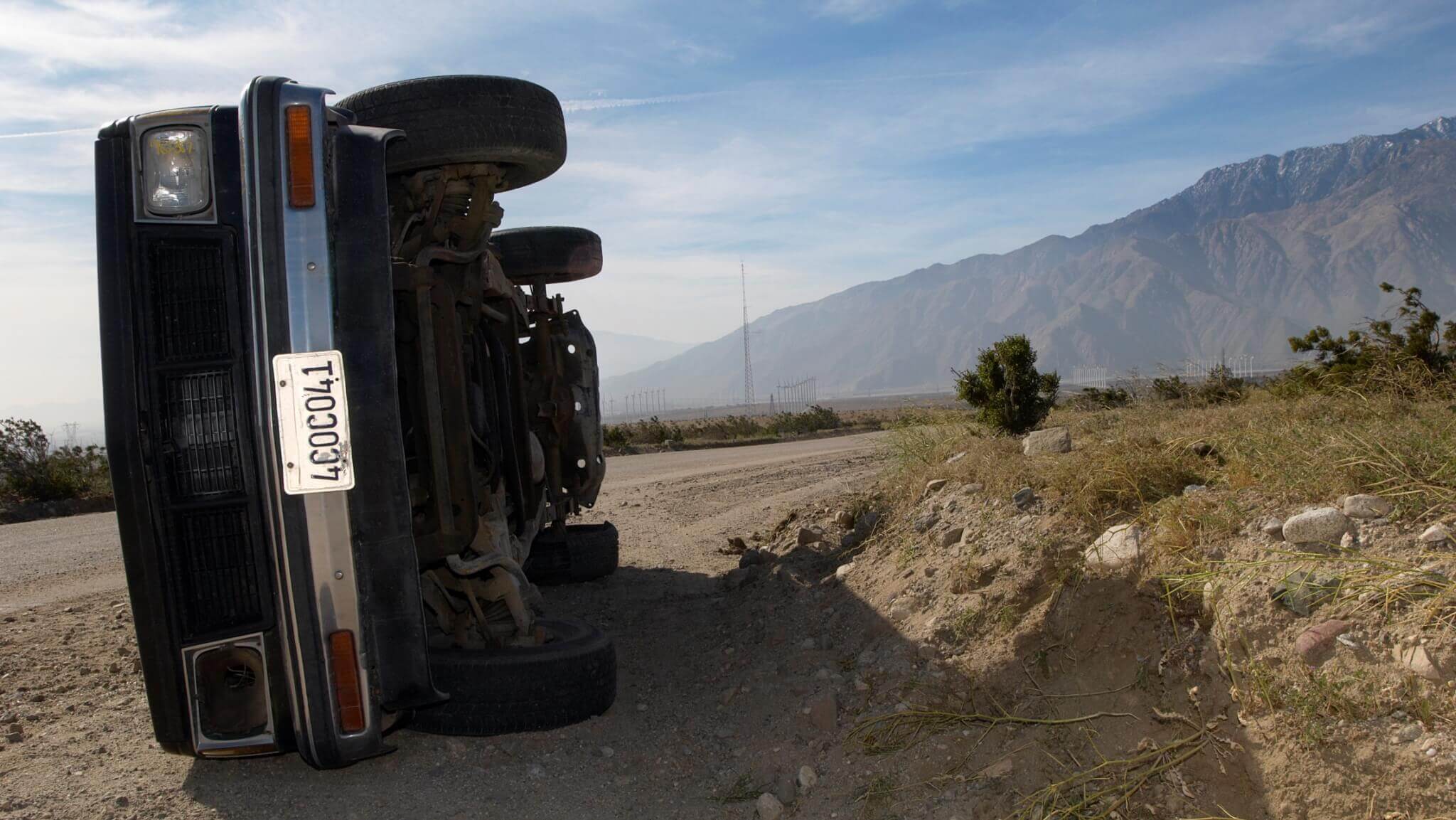Contingency planning for entrepreneurs
Contingency planning is a must for all businesses, but particularly ambitious entrepreneurial firms who are at a greater risk due to their resolute focus on growth. Dan Matthews explains the what, why, when and how of contingency planning for entrepreneurs.
Contingency planning is a must for all businesses, but particularly ambitious entrepreneurial firms who are at a greater risk due to their resolute focus on growth. Dan Matthews explains the what, why, when and how of contingency planning for entrepreneurs.
Contingency planning for entrepreneurs
Contingency planning is a must for all businesses, but particularly ambitious entrepreneurial firms who are at a greater risk due to their resolute focus on growth. Dan Matthews explains the what, why, when and how of contingency planning for entrepreneurs.

When you're running a growing business much of your attention is focused on planning for events that will definitely happen. Day-to-day operations are demanding and it might seem inconceivable to devote time and effort to events which may never take place – especially when the events are unpalatable.
But it’s no exaggeration to say that taking time to plan for the worst could mean the difference between your business's survival and its failure.
Crime, ‘key man’ ill health, IT failure and acts of God are all scenarios which threaten the longevity of your business and could end your dreams overnight. But by being proactive in the near-term, you can ensure a speedier recovery should the worst happen. Creating a detailed business contingency plan is, therefore, a central part of your business plans.
“For small businesses, even a short disturbance in business could have a fatal consequence resulting in the worst case scenario: the company going out of business,” says Sarah Shields, Executive Director and General Manager, Dell UK.
“This is where business continuity strategy comes into play. Companies that have a continuity plan are far more likely to survive a disaster than those without one. Even small businesses who may not have as many employees, or as much equipment, are still vulnerable and can be hit the hardest by a disaster.
She adds: “Developing a disaster recovery and business continuity plan need not be a costly exercise and can often be done by a business owner and key members of staff.”
How do you write a contingency plan?
The simple goal of a contingency plan is to maintain proper business operations during an unforeseen disaster. You should start by identifying the key personnel needed to deliver a minimum level of service and functionality.
Outline what their individual responsibilities are and how these could be taken care of if your top team is incapacitated. As a part of this you will also outline your business' critical operations and areas which could be vulnerable if downtime occurs.
"A plan that addresses both disaster recovery and business continuity will ensure your company keeps running and taking money"
Next, conduct a risk assessment. What are the various hazards that your business faces? When thinking about these, remember that there are various degrees of any problem, for example small-scale data loss leading up to complete IT failures.
“It is important to identify the assets and processes that are critical to the business and make sure these are prioritised in the plan,” says Shields. “Not all potential risks are front-of-mind for companies so it is important to consider all possibilities, whether it’s extreme weather, equipment failure, staff shortages or even a fuel crisis.”
Creating detailed plans for each threats could be extremely time consuming and often there is a need to prioritise. You can do so by evaluating the impact of each risk and consider the probability of it taking place. Those with the highest potential impact and likelihood should take the most planning.
Once you have listed and prioritised your threats, it’s time to create an action plan for your doomsday scenarios. Ideally this should include:
- The trigger – what will cause you to implement the plan?
- A key, if often overlooked, element to contingency planning is the question: ‘when do I implement the plan?’; what constitutes a full-scale mobilisation and just as important, what doesn’t?
- What are the steps each staff member should take and what is time frame? Identify the chain of command at each stage of the plan and the reporting process they should follow. Consider contacts for third parties such as IT support and emergency services.
“Additionally, you should consider including information such as an alternative place of work, should your office become inaccessible or back-up procedures such as using webmail or even personal email if the corporate email system is disrupted,” says Shields.
“A plan that addresses both disaster recovery and business continuity will ensure your company can keep running and taking money.”
Communicate the plan to your staff
Once you have created a draft plan, circulate it among your identified key personnel. Ask for their input and feedback on how the plan might be strengthened. There will likely be factors which affect these employees which you missed first time around.
It’ll be a challenge to motivate your team to prioritise the plan – people want to focus on their core job and probably won't appreciate the distraction. Remind them of the importance of completing the plan, spell out the risks of them not doing so and be sure to enlist their full co-operation.
Having reviewed any feedback, make the amends to the plan and conduct a face-to-face meeting with key members of staff. Anyone who will need to play a role in the contingency plan should be aware of their part in the recovery operation. You might consider training back-up employees to handle to duties of your key personnel should they become incapacitated. It sounds dramatic, but it could happen.
The finished plan should then be communicated to all members of your organisation, as well as new recruits. The better drilled your staff are, the more likely you’ll experience a swift turn-around if something blows-up, gets water-logged or falls over.
These key staff members should know the triggers that will lead to the implementation of the plan – everybody should know what to look for and what the next steps are.
Testing, testing 1,2,3
Once the plan is finalised and your team is aware of how it works, you should test it – in the same way you would test any emergency procedure. By running a drill you will be made aware of any weaknesses in the plan which can be ironed out.
Once this is complete, the plan shouldn't be locked away and forgotten about. You must think of the plan as an evolving document which will need to be reviewed and updated as your business changes and grows. Upgraded IT infrastructure, new members of staff, changes of location and other major upgrades should be taken into account.
Follow these steps, create a concrete plan and you will have the freedom to go on building your business, safe in the knowledge that it is underpinned by the ultimate ‘get-out’ should the worst happen.
Thanks for signing up to Minutehack alerts.
Brilliant editorials heading your way soon.
Okay, Thanks!
